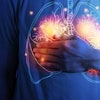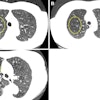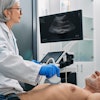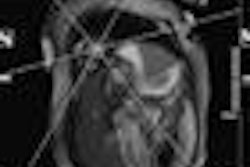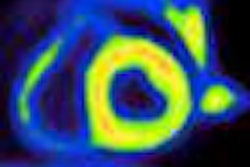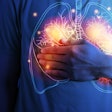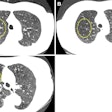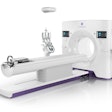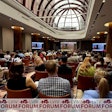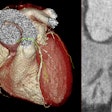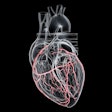Dear Cardiac Insider,
At the recent Society of Cardiovascular Magnetic Resonance (SCMR) meeting in San Francisco there was plenty of talk from both sides of the pond about the need to speed up today's lengthy cardiac MR (CMR) exams, which stand in the way of efficient throughput and raise healthcare costs.
Among the potential solutions cited by the presenters were abbreviated CMR protocols and new automated techniques for improving throughput.
One solution that seemed to do the job was an automated technique for planning long-axis heart views, a task that traditionally eats up considerable time with its tedious multistep manual protocols.
The automated technique was accurate and much faster than its human counterparts, according to a story by Senior Editor Erik L. Ridley that you'll find here.
Also at the SCMR meeting, Belgian cardiovascular imaging expert Dr. Frank Rademakers, PhD, from University Hospital and KU Leuven in Belgium, warned that radiologists need to pay more attention to patient's needs and the cost of care -- or else others would be happy to do the job. For Rademakers' intriguing take on the big trends shaping cardiovascular care, click here.
Radiology in France may have some problems to deal with, but cardiac imaging turf wars aren't one of them, according to an article on the joint meeting of the societies of radiology (SFR) and cardiology (SFC) in Paris earlier this month. Several years ago the societies got together to hammer out a good practice charter to specify which specialty does what in CT and MRI. Learn more about interdisciplinary care in France by clicking here.
In molecular imaging, researchers from Sweden's Uppsala University have found a new test capable of diagnosing cardiac amyloidosis, a potentially fatal problem characterized by abnormal amyloid deposits in heart tissue that can severely reduce blood flow to the myocardium. Learn more about the PET technique by clicking here.
Coronary CT angiography has well-known shortcomings in determining the functional significance of coronary artery stenosis, but a new CT protocol that adds stress-rest perfusion can level the playing field, according to researchers from the U.K. and Portugal. Find out about the results of a head-to-head competition between CT and CMR by clicking here.
Finally, basic research on a virtual 3D heart is unearthing some intriguing information about the separate contributions of tissue fiber and electrical signals in atrial fibrillation. Get the details here.
We invite you to scroll though the links below for more cardiac imaging news in your Cardiac Imaging Digital Community, bringing you comprehensive heart imaging news from Europe and beyond.
